Articles
Top 5 American cars that transformed the automotive world
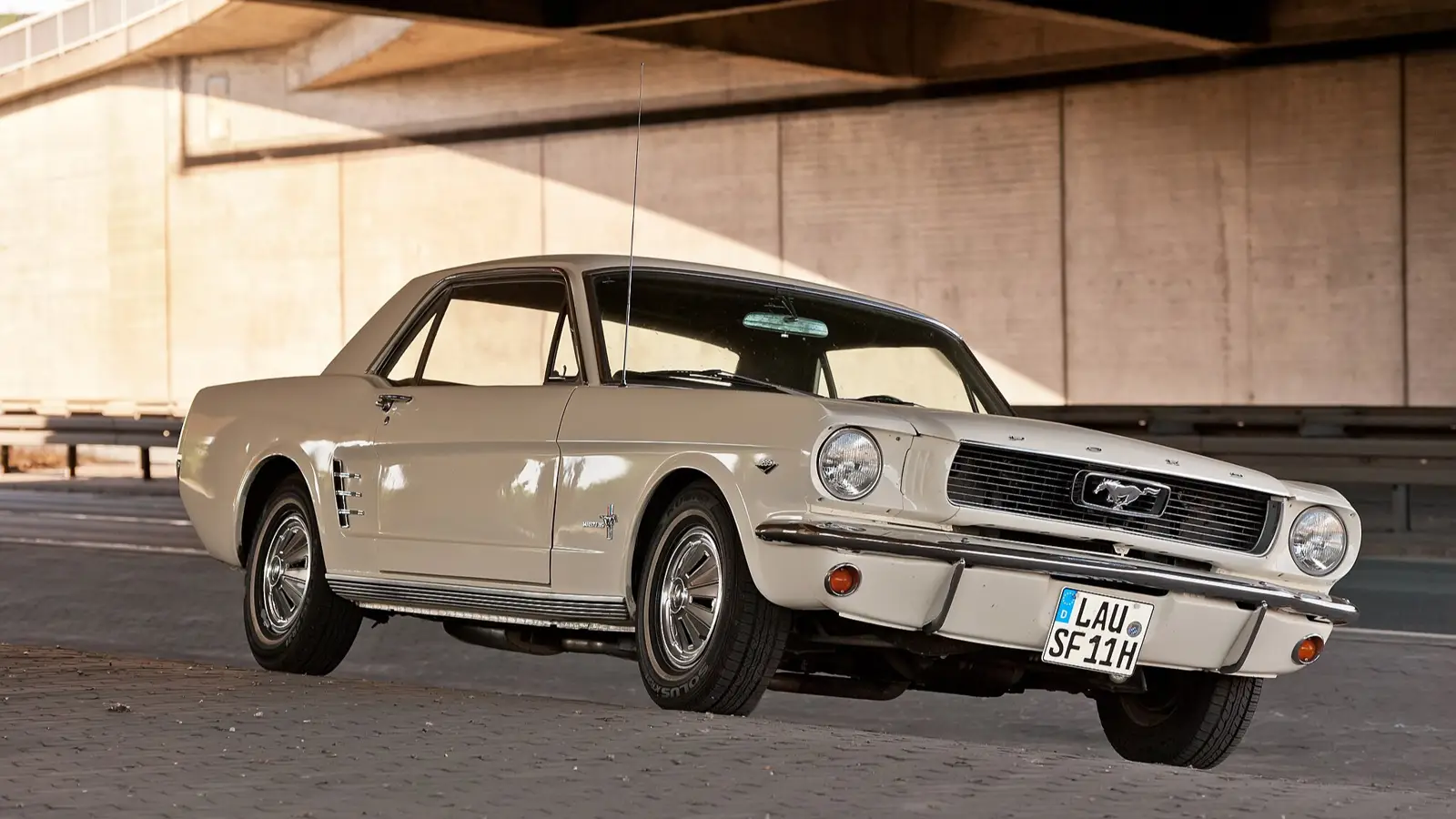
Explore five iconic American cars — Ford Model T, Willys Jeep, Tesla Model S, Ford Mustang and Chevrolet Corvette — and their impact on the auto industry.
The American automobile industry has always been more than just business. It has been a mirror of society, a cultural symbol, and a force for global change. Over the decades, a handful of cars didn’t just conquer the market — they transformed the very idea of what a car could be.
Ford Model T is where mass motorization truly began. Launched in 1908, it became revolutionary in 1913 when Ford introduced the moving assembly line at Highland Park. Production time plummeted, prices dropped — by 1925 a Roadster cost just $260, and annual output topped 1.9 million units. On January 5, 1914, Ford doubled wages to $5 a day and shortened the workday to eight hours. It was a turning point for both industry and labor, giving birth to “Fordism.”
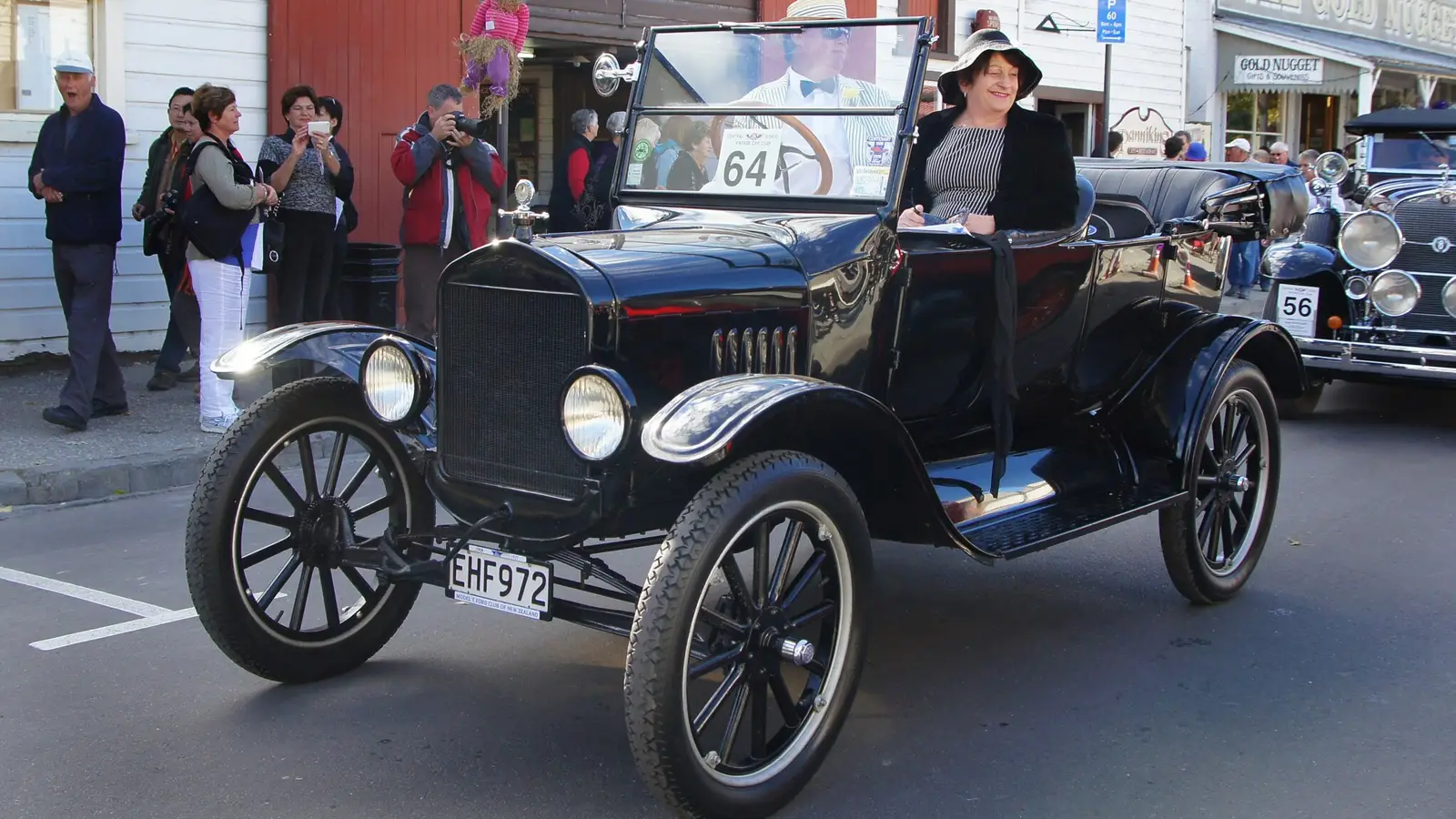
Willys Jeep MB, born in the chaos of World War II, was another milestone. A light 4×4 designed for the U.S. Army, it became a universal workhorse. Rugged, simple, and repairable in the field, it proved indispensable. After the war, the MB morphed into the first civilian Jeep CJ, effectively creating the SUV segment. Jeep’s own history page calls the 1940s the era of “Go Anywhere. Do Anything.” It wasn’t just a slogan — it was the DNA of a new kind of vehicle.

Tesla Model S shook the 21st century. Introduced in 2012, it showed the world that an electric car could be fast, luxurious, and desirable. With long range, performance, and especially over-the-air updates, the Model S redefined what a car could be. It was the first production car to receive major OTA features, and MotorTrend named it Car of the Year in 2013. In 2025, Tesla ended sales of the Model S and X in Germany due to weak demand, but its historical impact remains unquestionable. It forced the entire industry to take premium EVs seriously.
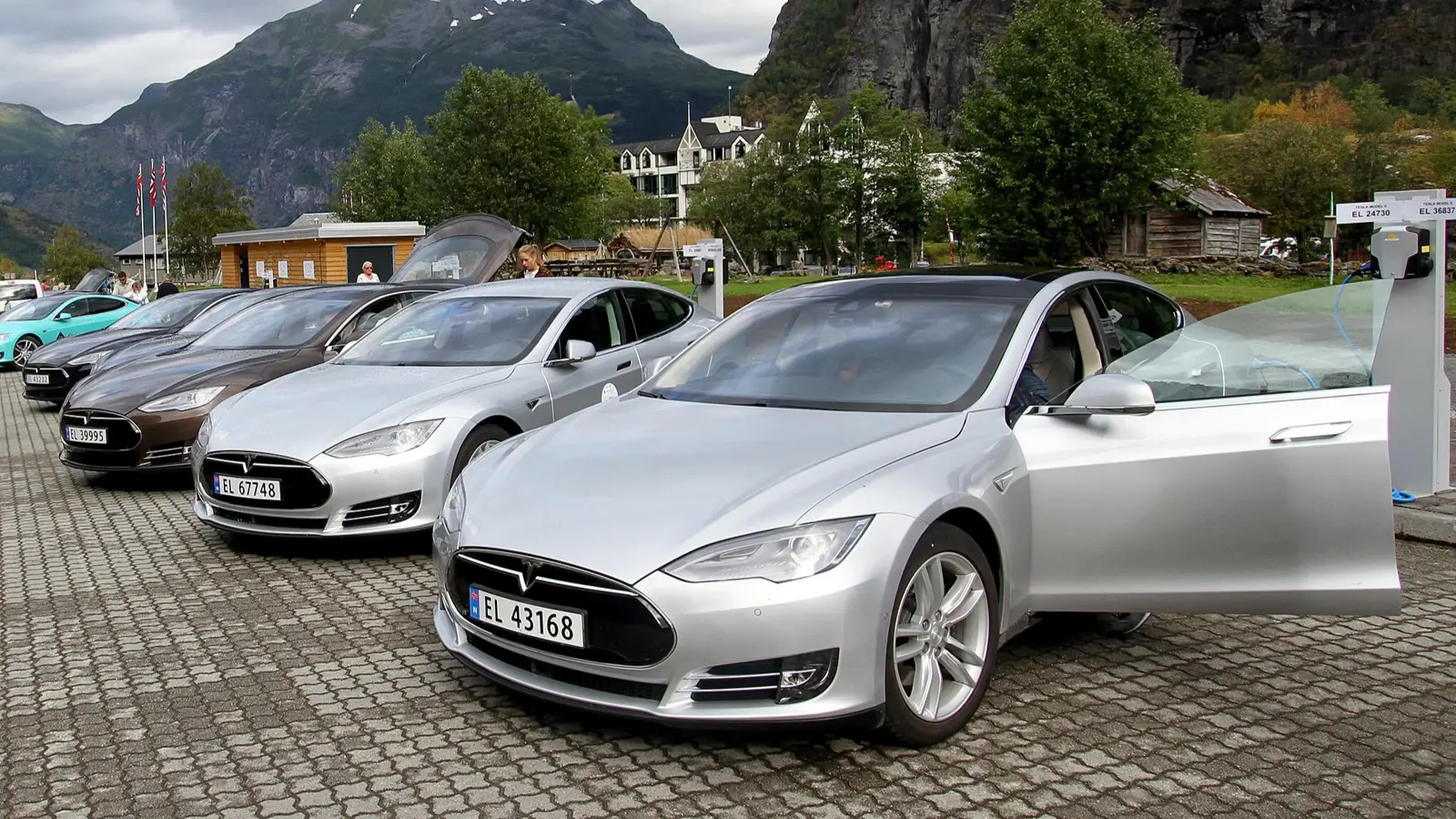
Ford Mustang made its debut on April 17, 1964, at the New York World’s Fair. Affordable, stylish, and sporty, it created a brand-new category: the “pony car.” Mustang became an icon for an entire generation, embodying freedom, youth, and speed. It also sparked rivals like the Camaro and Challenger, cementing the muscle car culture that still resonates today.
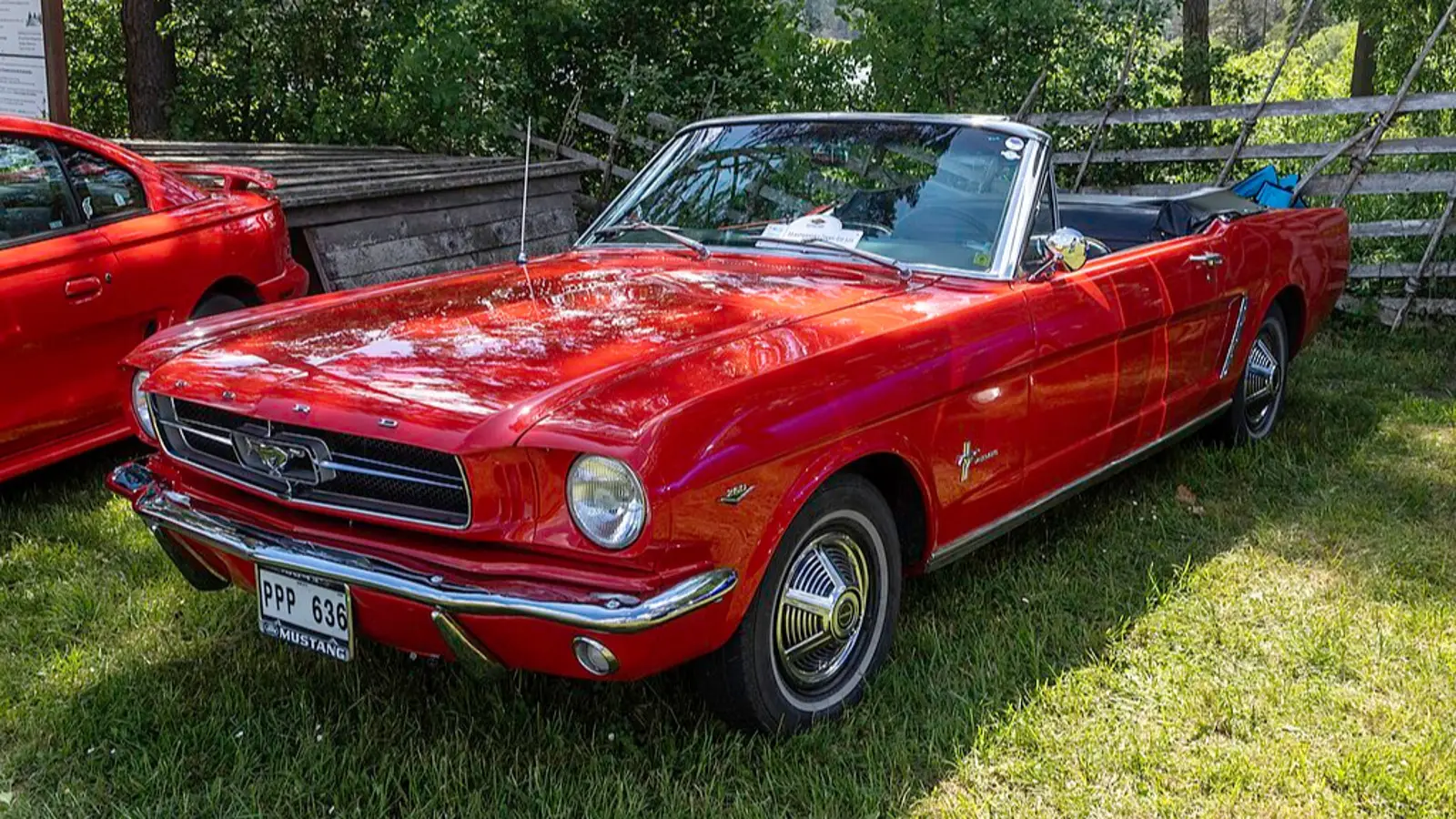
Chevrolet Corvette dates back to 1953, when just 300 hand-built cars rolled out with fiberglass bodies. It became America’s first true sports car. The Corvette Sting Ray of 1963 sealed its reputation as a sleek, powerful machine that stood proudly against European rivals. For decades, it has symbolized America’s engineering boldness and passion for performance.
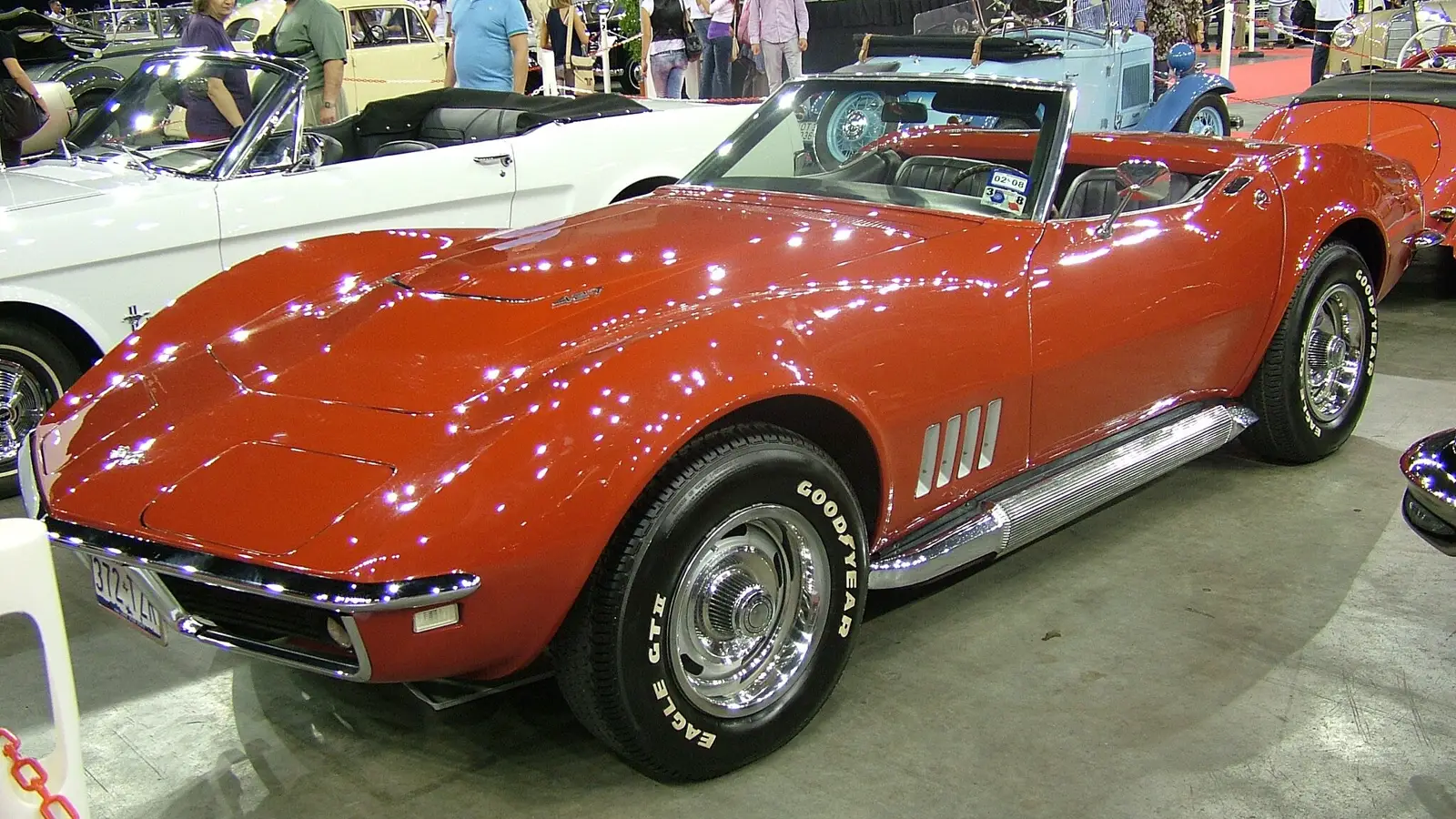
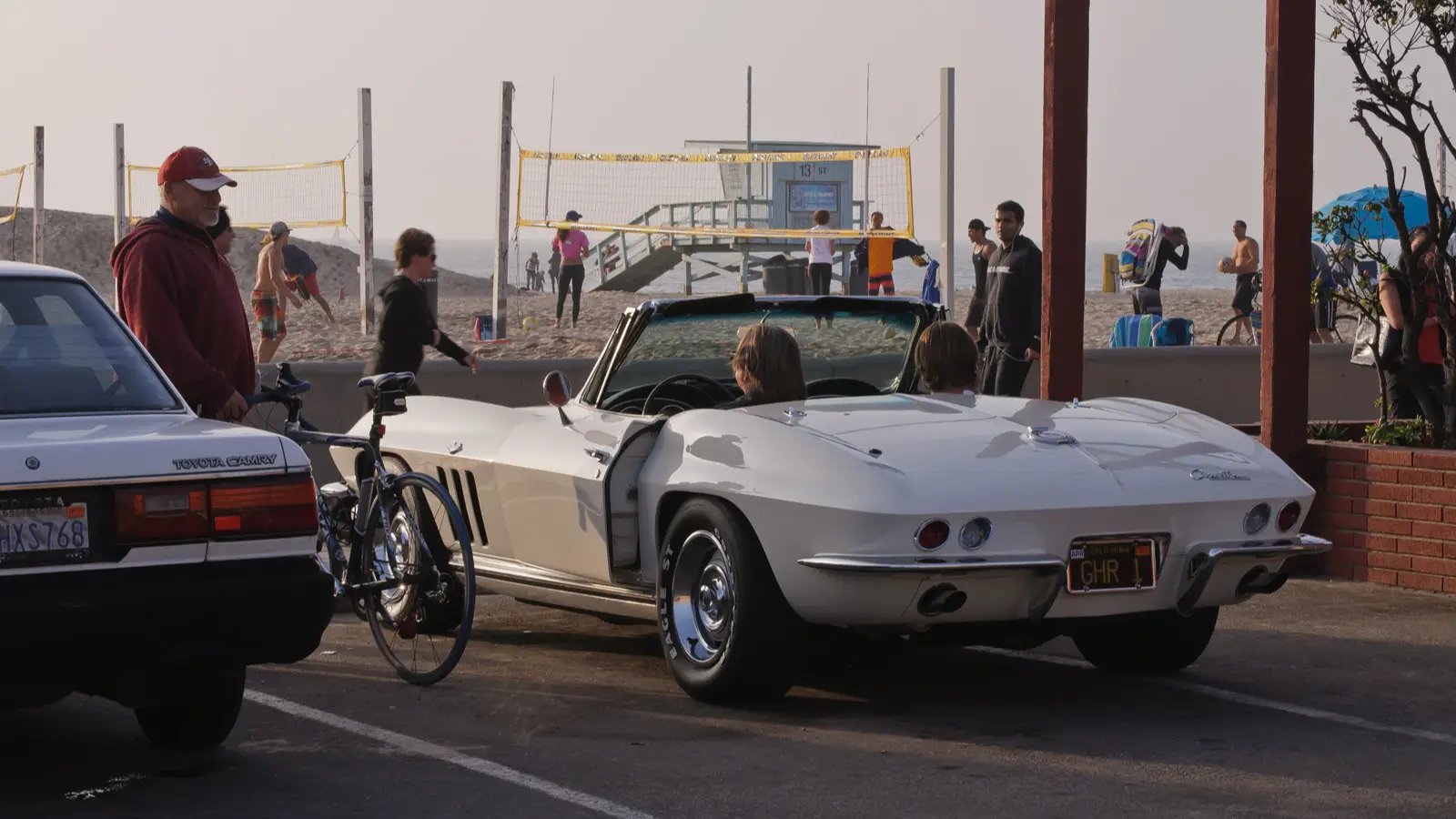
Together, these five models form a living timeline of U.S. car history. The Model T made cars affordable, the Willys Jeep made them versatile, the Tesla Model S made them digital, the Mustang made them a mass-market dream, and the Corvette made them a matter of national pride. Each represents more than just metal and wheels — they embody turning points that shaped how the world drives.
2025, Oct 03 13:43


